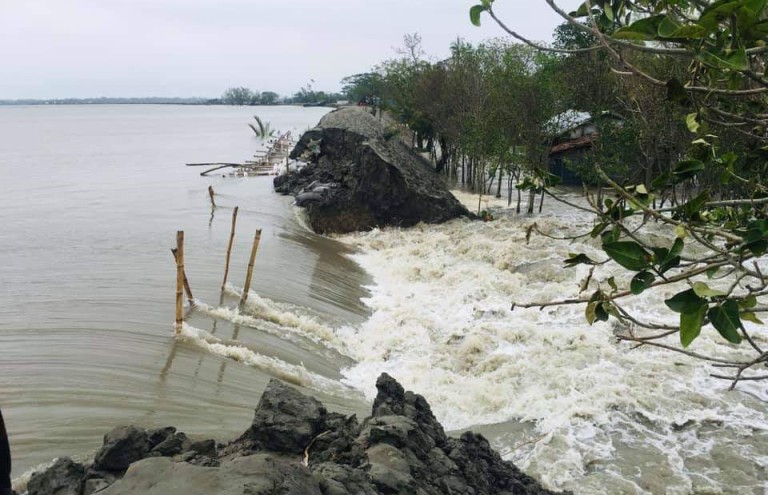
Bhola region. COURTESY
In December 2018, after completing my 8th grade final exam, I was looking for a destination for our annual vacation along with my parents. My father proposed his birth place in Patuakhali and Bhola region as an interesting option, which is situated in the coastal belt of Bangladesh.
I was rather looking for a gorgeous and famous tourist attraction instead of a coastal village, as I was expecting a grand vacation. However, my parents insisted, and I am grateful for that, as the trip turned out to be a great learning opportunity and a life changing event for me.
We were hosted by my relatives in Monpura upazila of Bhola, facing enormous challenges to survive. They represent the 13.3 million people from the coastal regions of Bangladesh, who are at risk of being forced out of their homes in the near future due to salinity, sea level rise, and other adverse impacts of climate change.
My first impression of that island as a 15-year-old boy was very different, as I could not imagine the struggles the people were facing in that region. The scenic beauty of the sea side, the simplicity of people, the vast green agricultural fields, sea-fishing activities using traditional boats, their lives in their traditional houses without modern utilities like electricity and running water -- all of this amazed me initially.
First things first: Electricity
In Bangladesh, we are bearing witness to a primal, elemental conflict between land and sea, man and nature, past and future. Fishermen of this Monpura island are no exceptions, and are caught on the frontline of this battle. Their families desperately need tools to adapt to the worst impacts, while their natural habitats and ecosystems need immediate protection and restoration.
After staying with them for a few days, and realizing their sufferings, I told my father: “I want to know what we can do for these people and the area.” He probably wasn’t expecting such ambitious discussion from his son who had grown up in an urban setting.
He replied, “You tell me, son.” After returning from the place, I started doing some online research and was wondering what tools could improve their livelihoods and ease their struggles.
After having several discussions with the local people, they came up with the solution that electricity might help their lives and livelihoods, as they can’t be productive after sunset, their children can’t study at night, and life is almost halted during night time.
The fishermen are forced to sell their fish at cheap prices as they can’t store the fish; farmers can’t add any value to their raw products; life-saving medicines can’t be stored; even very small tools and machineries could not be made in the local areas and most of the economic activities can’t be performed due to the absence of electricity.
The government cannot extend grid electricity as the cost would be very high to bring cables through the underground of the sea in this island community. I asked my father, who is a civil servant, if a stand-alone solar-based mini-grid can be installed there, with the support of the government or development partners.
Few months later, to my utter surprise, my father informed me that a blended-financing mechanism has been agreed by the government and UNDP through IDCOL to install two solar mini-grids -- to be operated commercially and owned by a private sector entity.
Adaptation and mitigation
Meanwhile, I got to know that there are two main aspects of climate change confrontation -- adaptation and mitigation. Solar mini-grid has the potential to reliably serve the adequate amount of electricity production and reduce GHG emissions by up to 0.75 tons of CO2 per MWh electricity produced (compared to the alternative of diesel generation in off-grid areas), being equally effective in both the mentioned sections.
In this respect, the solar mini grid had the dual benefit of mitigation and adaptation in the context of the Monpura island.
The people were very happy after getting household electricity in late 2019, which supported 1,199 households, 684 shops, and 41 institutions directly and about 10,000 people indirectly.
They are now able to generate new opportunities for jobs and livelihood. I am lucky that I could work voluntarily through UNDP Bangladesh with the installation process of the solar mini-grid which positively impacted the lives of more than 10,000 families living in the south coast of Monpura island of Bangladesh.
Cyclone Amphan
However, my heart was broken when that beautiful area and friendly people suffered serious loss and damage inflicted by Cyclone Amphan, which happened in May 2020.
Devastated rice fields, broken tree branches, ever-rising tides, incoming flood of saline water, damaged houses and fishing boats, loss of livelihoods, and most of all, the frightened eyes of the people.
I learned that the sea level in this area has risen dramatically in the last two to three years. The high tide is eroding the land, and Cyclone Amphan wreaked havoc. The families located in the community were forced to relocate to nearby villages and many of them had to find alternate professions as the erratic weather affected the supply of the Hilsa fish, prized in Bangladesh, eastern India, and Myanmar.
The people of that region are incredibly brave, resilient, resourceful, and full of ideas, hope, and potential. They fought back hard and have come to a new, normal life as they have been experiencing such struggles for a very long time.
Having spent considerable time with this effort, I realized that they are people plagued by disruptions but not defined by it. These nuances are often missing from the images we see in the international media.
The world needs an unfiltered, immersive, and inspired portrait of this community. Leaders, from politicians and scientists, must work together to find appropriate solutions, and governance needs to be re-aligned to address this crisis of climate change.
The poorest households in this vulnerable landmass -- vulnerable due to climate change -- should get urgent support. It is necessary to take a global approach to enable them to adapt to changing climate conditions and build resilience.
There are plenty of indigenous adaptation solutions at the local level that have to be implemented effectively. The international community can examine these local solutions -- inherited and refined over generations through indigenous knowledge and lived experiences. Local people and ecosystems managed to coexist for centuries. They now require assistance to continue to do so.We should not continue to experience such sufferings, when we know the causes. We should rather build scenarios and identify adaptive options for it.
COP26 failed us, failed nations like Bangladesh
We were looking towards the COP26 outcomes anxiously, hoping that it could bring meaningful commitments and, of course, real financing for vulnerable nations like Bangladesh.
The outcome has turned out to be not entirely satisfying. Vague commitments of “limiting temperatures to +1.5 degree Celsius by 2030” is not enough. However, it is welcoming and perhaps better than nothing. The commitment of countries to come back next year with a new carbon-cutting plan is appreciable. Perhaps of greater concern, though, is “taking into account different national circumstances.”
Bangladesh, as a low-emitting country and yet among the worst victims of climate change, needs immediate financial support for its loss and damage -- money in order to adapt to the worst impacts of climate change.
This is the first step on a road that will, to some extent, satisfy us. We, the youth, should not be denied our future due to the irresponsible consumptions of today’s world.
* Tanzeel Rahman is a student of Class XII, Notre Dame College, Dhaka







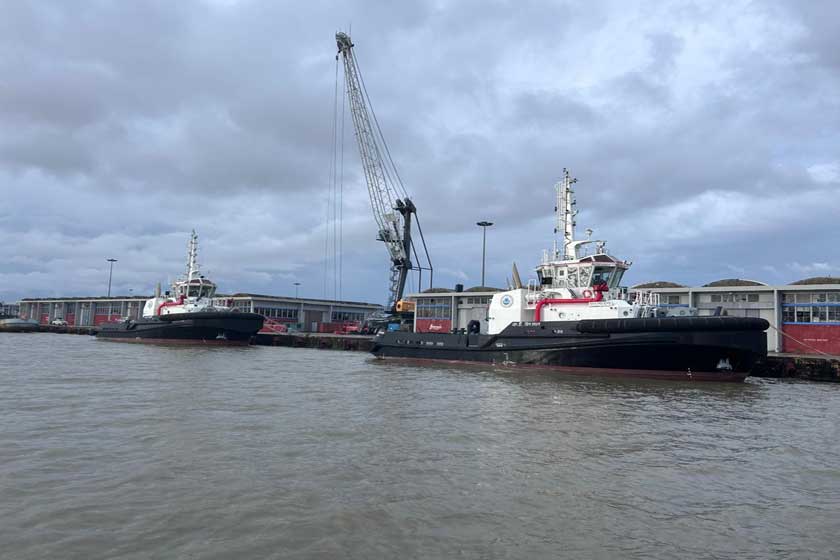
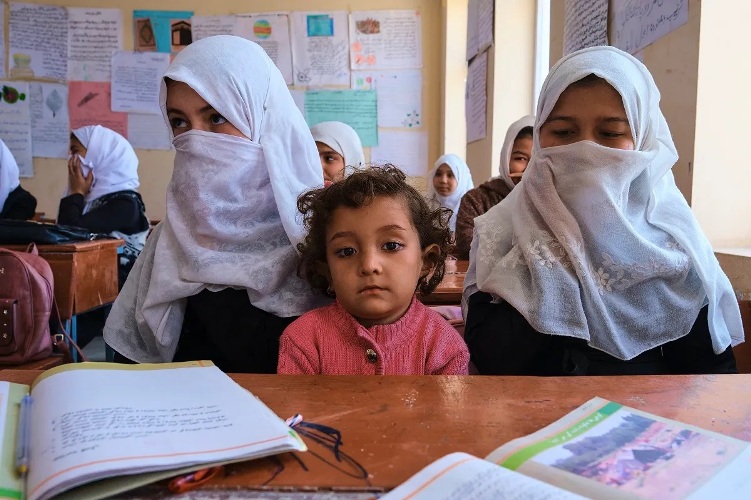
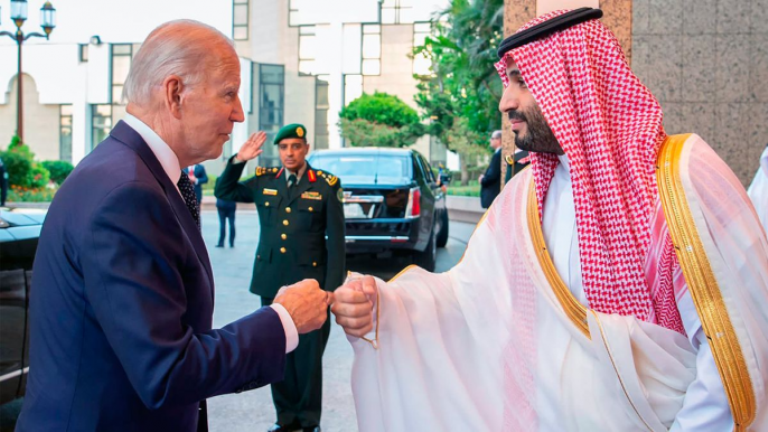

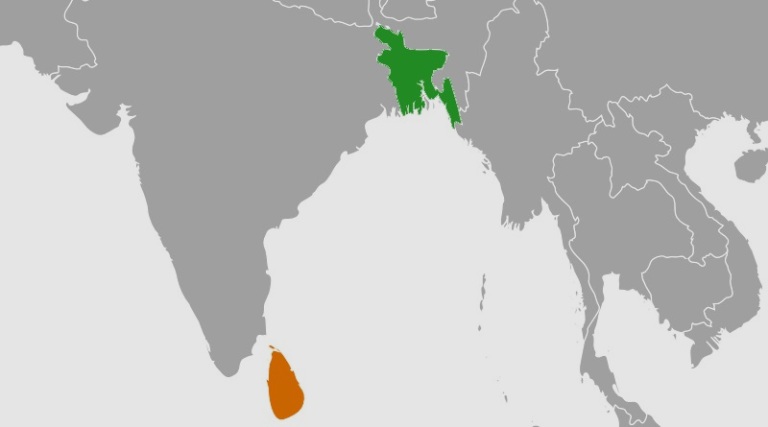
0 Comments